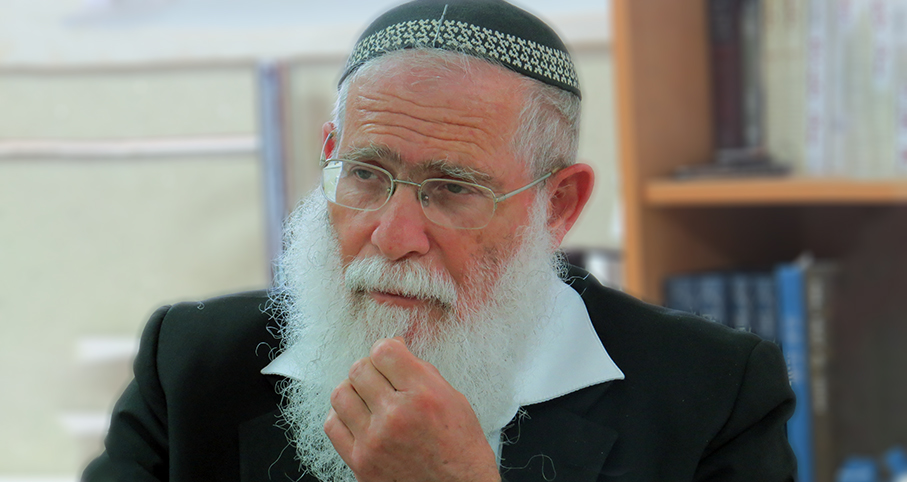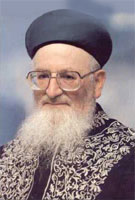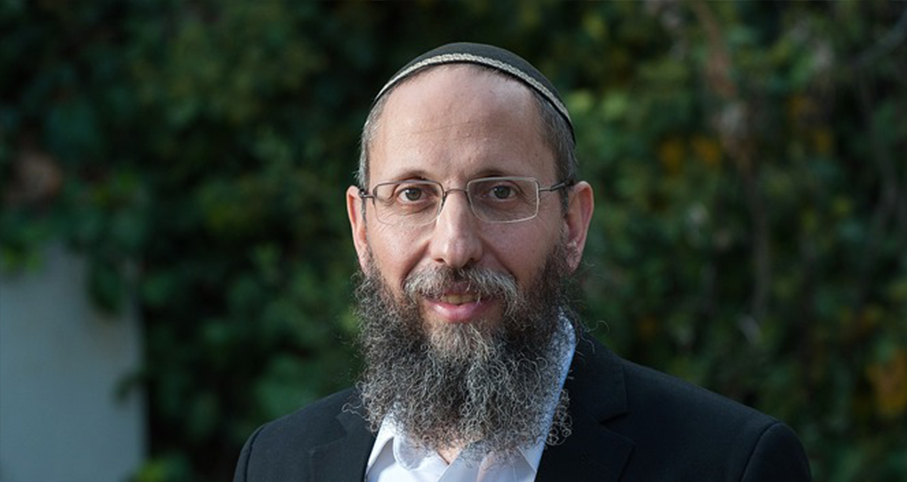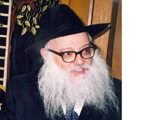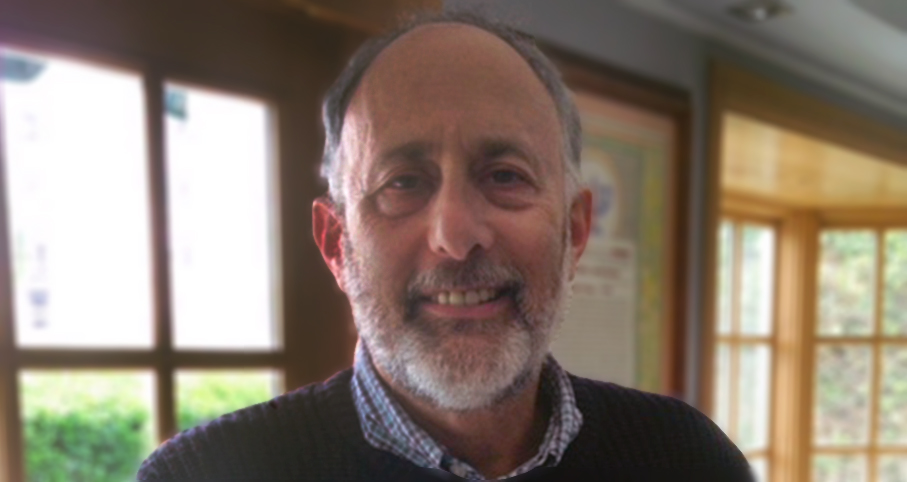Beit Midrash
- Sections
- Chemdat Yamim
- Ein Ayah
One who prays should place his legs together, as the pasuk says: "Their legs were a straight leg" [a pasuk referring to angels that the prophet saw] (Yechezkel 1:7).
Ein Ayah: The legs serve two purposes: walking and standing. In order to walk, the legs are primarily separate from each other; during standing, the main usage of the legs is when they are close together.
In the course of one’s work on shleimut (spiritual completeness) there is "walking" (i.e., movement) and one can acquire attainments in the realm of the intellectual and that of personal attributes. There is also "standing" (i.e., spiritual consistency), by means of which one makes sure that the things that he acquired will remain strongly in his spirit, so that they will not be lost by some change in or challenge to his status. This dichotomy is hinted at by the pasuk: "Who will go up on the mountain of Hashem and who will stand in His holy place?" (Tehillim 24:3). One needs not only to reach the proper level but remain there.
The Torah is special in that it increases shleimut and brings higher levels, and, for this reason, it is called a path. "One who does not increase, will lose what he has" (Avot 1:13). In contrast, prayer etches into a person the levels that were attained so that they become permanent. In that way, a person begins to resemble angels, whose levels of shleimut are strong by virtue of their very existence. In fact, their main calling is to remain in their shleimut and not to increase upon it. Therefore, their legs relate to their power of unification, the straight leg. It also indicates that that their level is a natural one, not one that was chosen through free choice. This is like the natural movement that has no curving or distortion, as the Rambam discusses in Moreh Nevuchim. Included in this matter of stability is a person’s striving during prayer that his high levels should be acquired permanently and engrained.

Our 5 Levels of Life & Existence
Ein Aya Shabbat 5,21
Rabbi Ari Shvat | Iyar 5783

"By G-d- Even Destruction is Constructive"
(Ein Aya Shabbat Shabbat 5, 28)
Rabbi Ari Shvat | Tammuz 5783

Distancing Evil or Embracing Goodness
condensed from Ein Ayah, Shabbat 9:51
Various Rabbis | Av 3 5779


